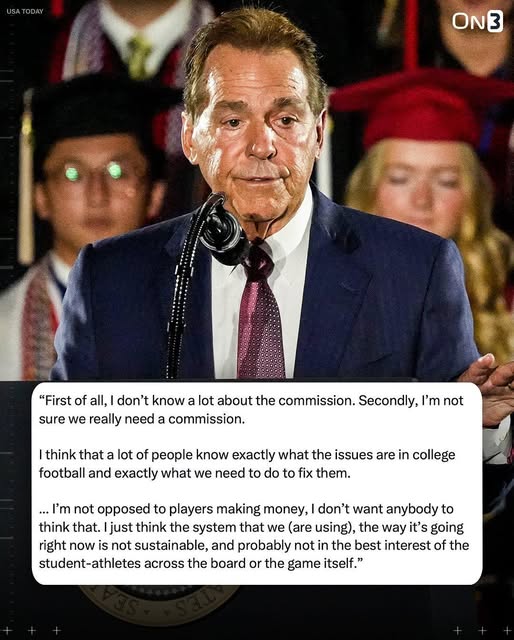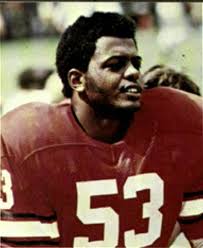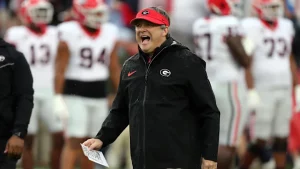
Coaches Aren’t Against Paying Players, But the Current Model Threatens the Heart of College Athletics: A Call for Unity to Preserve the Integrity, Community, and Legacy of College Sports Amidst the Rising Tide of Profit-Driven Change
In recent years, the debate surrounding the payment of college athletes has reached a fever pitch, with coaches, administrators, and fans passionately weighing in on the topic. The growing push to compensate student-athletes for their athletic endeavors is a long-overdue change in the landscape of college sports. Coaches and players alike have advocated for players to benefit financially from their hard work, talent, and dedication. Yet, as the framework for compensating athletes has shifted toward an increasingly commercialized model, many coaches are expressing concerns—not about the principle of paying players, but about how the current model is undermining the very foundation of college athletics.
Coaches, who have always believed in the importance of fairness, equity, and the rewards of hard work, are now facing a stark reality where the essence of college sports—teamwork, community, and personal growth—is at risk of being overshadowed by a profit-driven mentality. While it’s clear that players deserve compensation for their role in generating revenue for their universities, the way in which compensation is being distributed today is creating a system that is unsustainable, inequitable, and threatening to destabilize the entire college athletics ecosystem.
Historically, college sports were built on a simple yet powerful premise: athletes were students first, representing their universities and communities while pursuing both athletic excellence and educational achievement. College athletics was about more than just winning championships and earning scholarships. It was about building a sense of pride, identity, and belonging, both for the athletes who competed and for the fans who supported them. The sense of camaraderie that developed among teammates, the commitment to improving as a group, and the pride of representing something larger than oneself—these were the elements that made college sports so special.
But the current landscape of college athletics is beginning to deviate sharply from this model. As the NCAA has taken steps to allow athletes to profit from their name, image, and likeness (NIL), schools and boosters have increasingly turned college sports into a bidding war. The focus has shifted from athletic development and student-athlete well-being to financial transactions and lucrative sponsorships. While there is no denying that athletes deserve to be compensated for the revenue they generate, the way in which the current system operates is turning college sports into a free-market competition, where the highest bidder often wins.
The result is that college programs—particularly those in non-revenue sports like track and field, swimming, and gymnastics—are being pushed to the brink. With NIL deals and transfer portals driving athletes to seek the highest payouts, some schools are struggling to fund their athletic programs in the face of a new financial model that prioritizes monetary incentives over the long-term health and culture of the college sports system.
One of the most troubling consequences of the current compensation model is the phenomenon of players using their ability to transfer or negotiate NIL deals as leverage against their programs. In a system where athletes can change schools at will, often motivated by financial incentives, college programs are finding themselves in a position where they are being held hostage by the very athletes who were once part of their teams.
The traditional understanding of college athletics was that student-athletes would choose to attend a school because they believed in the team, the coaches, and the academic opportunities it offered. They committed to the school for a multitude of reasons, including the community and culture of the team. Yet now, players are increasingly motivated by the idea of making as much money as possible during their time in college, and that motivation can lead them to prioritize financial incentives over their commitment to a team or university.
For instance, athletes may transfer from one program to another, seeking higher NIL payouts or better opportunities for endorsement deals. This new transfer culture has put immense pressure on coaches and athletic departments, as they scramble to keep their rosters intact and to offer the best possible incentives to athletes who may have no loyalty to the university or the program they represent. The immediate result is a lack of stability in college sports teams, which is especially damaging to programs that rely on continuity and team cohesion to achieve success.
Moreover, the rise of the NIL has led to a situation where certain schools—those with more resources or connections to deep-pocketed boosters—are able to attract top talent by offering financial packages that are out of reach for smaller programs. This exacerbates the disparity between large, wealthy athletic departments and smaller schools, further undermining the sense of fairness that once existed in college sports.
While the growing market for NIL deals and the changing landscape of college sports have been a boon for high-profile athletes in revenue-generating sports like football and basketball, the ripple effects are being felt most acutely in non-revenue sports. These programs, which often rely on funding from the general athletic department budget or from donors, are now in danger of being cut altogether as schools divert their resources to meet the needs of athletes in more profitable programs.
For Olympic athletes, who often train for years with little to no compensation, the rise of NIL deals has created an even more challenging environment. Many Olympic sports athletes, who participate in sports like wrestling, track, gymnastics, and swimming, don’t have the same opportunities to earn NIL money as their counterparts in football or basketball. As a result, they are often left to rely on outside sources of income, such as part-time jobs or internships, while also balancing the demands of full-time training and academics.
In this environment, the dream of competing in the Olympics while attending college is becoming increasingly difficult to sustain. Some Olympic athletes are finding themselves forced to transfer to schools with larger athletic budgets, where they may have a better chance at receiving financial support. Others are opting to leave college athletics altogether in pursuit of financial stability or to focus solely on their Olympic careers, which are increasingly becoming the sole avenue for financial success in their respective sports.
The disparity in compensation opportunities between athletes in revenue sports and those in non-revenue sports is creating a growing divide, one that could ultimately decimate the programs that have made college athletics so diverse and inclusive. Coaches and administrators are starting to recognize that this is not sustainable and that the system must be rethought if college sports are to remain viable for all athletes, not just those who play the most profitable sports.





